Last Updated on 20/11/2024 by Manolis Maragkoudakis
Crete, the largest of the Greek islands, is renowned for its stunning natural beauty, rich history, and diverse cultural heritage. However, the island’s climate is equally captivating, with a unique blend of Mediterranean and subtropical influences that create a year-round tapestry of weather patterns. In this comprehensive guide, we’ll explore the ever-changing weather in Crete, providing you with valuable insights to help you make the most of your visit, no matter the season.
Crete’s climate is characterized by hot, dry summers and mild, wet winters, with a distinct transitional period in the spring and autumn. The island’s diverse geography, which includes rugged mountains, rolling hills, and picturesque coastlines, further contributes to the varied microclimates found across the region. Understanding the nuances of Crete’s weather patterns will allow you to plan your trip with confidence and ensure you’re prepared for the conditions you’ll encounter.
Understanding the Seasons in Crete
Crete experiences four distinct seasons, each with its own unique charm and weather patterns. Let’s take a closer look at what you can expect throughout the year:
Spring (March to May)
Spring in Crete is a time of renewal, as the island sheds the last vestiges of winter and bursts into vibrant life. Temperatures start to rise, with average highs ranging from 18°C in March to 26°C by May. Rainfall is moderate, with occasional showers and thunderstorms, but the overall conditions are pleasant and comfortable, making it an ideal time for outdoor activities and exploring the island’s natural wonders.
Summer (June to August)
Crete’s summers are renowned for their scorching heat and abundant sunshine. Temperatures can soar, with average highs reaching 30°C in June and peaking at around 36°C in July and August. The humidity is low, and the clear skies provide ample opportunities for sunbathing, swimming, and water sports along the island’s stunning coastlines.
Autumn (September to November)
As summer passes into autumn, Crete experiences a gradual cooling of temperatures and an increase in rainfall. Average maximum temperatures are 30°C in September and 21°C in November. The autumn months are characterized by crisp, clear days, with the occasional rainstorm or thundershower, making it an excellent time for hiking, exploring ancient ruins, and enjoying the island’s vibrant cultural events.
Winter (December to February)
Crete’s winters are generally mild, with average highs of 16°C in December and 14°C in January and February. While the island does experience occasional rainfall and occasional snowfall in the mountainous regions, the overall conditions are temperate, with plenty of sunshine and opportunities for outdoor activities, such as visiting historic sites and exploring the island’s charming villages.
The Weather Patterns in Spring
As spring arrives in Crete, the island undergoes a remarkable transformation. The once-dormant landscape springs to life, with wildflowers blanketing the countryside and the temperatures gradually rising. The spring months are characterized by a mix of sunny days and occasional showers, creating an ideal environment for outdoor exploration.
In March, average temperatures range from 15°C (59°F) to 18°C (64°F), with the occasional rainstorm or thundershower. By April, the weather becomes more stable, with average highs reaching 23°C (73°F) and lows of 13°C (55°F). May is a particularly pleasant month, with average temperatures ranging from 18°C (64°F) to 26°C (79°F), and the island’s natural beauty in full bloom.
During the spring, the island’s mountainous regions may still experience some snowfall, particularly in the higher elevations. However, the coastal areas and lower-lying regions enjoy mild, comfortable conditions, making it an ideal time for hiking, exploring ancient ruins, and experiencing the island’s vibrant cultural events.
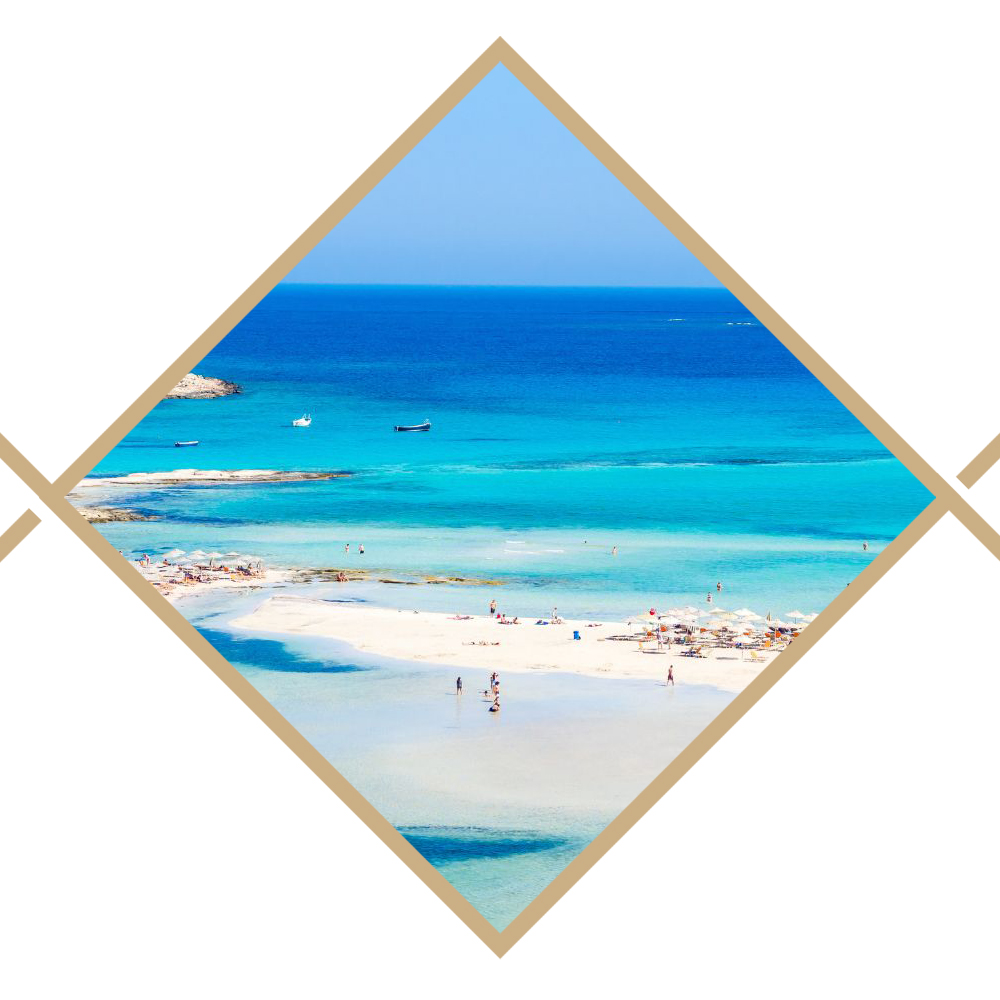
What to Expect During the Summer Months
Crete’s summers are renowned for their scorching heat and abundant sunshine, creating a paradise for sun-seekers and beach enthusiasts. From June through August, the island is bathed in a warm, Mediterranean glow, with average temperatures ranging from 30°C (86°F) to 36°C (97°F).
In June, the weather is typically dry, with low humidity and clear skies, making it the perfect time to enjoy the island’s stunning beaches and crystal-clear waters. July and August bring the peak of summer, with temperatures soaring and the sun shining brightly throughout the day. The evenings, however, offer a respite, with cooler temperatures and a gentle sea breeze.
During the summer months, the island experiences minimal rainfall, with the occasional brief thunderstorm providing a refreshing break from the heat. The warm, inviting waters of the Mediterranean Sea make it an ideal time for swimming, snorkeling, and water sports, while the island’s vibrant coastal towns and villages offer a wealth of dining, entertainment, and cultural experiences.
Autumn Weather in Crete
As summer gives way to autumn, Crete experiences a gradual cooling of temperatures and an increase in rainfall. This transitional period, from September to November, offers a unique blend of warm, sunny days and the occasional rainstorm, creating a perfect balance for those seeking to explore the island’s natural and cultural attractions.
In September, average temperatures range from 24°C (75°F) to 30°C (86°F) , with the island still basking in the warm glow of the Mediterranean sun. By October, the temperatures cool further, with average highs of 26°C (79°F) and lows of 18°C (64°F). November brings a more pronounced shift, with average highs of 21°C (70°F) and lows of 13°C (55°F).
The autumn months in Crete are characterized by crisp, clear days, with the occasional rainstorm or thundershower. This makes it an excellent time for hiking, exploring ancient ruins, and enjoying the island’s vibrant cultural events, such as local festivals and traditional celebrations.
Winter Climate and Conditions
While Crete is renowned for its Mediterranean climate, the island does experience a distinct winter season, with temperatures and rainfall patterns that differ from the warmer months. However, Crete’s winters are generally mild, with average highs of 16°C (61°F) in December and lows of 14°C (57°F) in January and February.
During the winter months, the island experiences increased rainfall, with the occasional snowfall in the mountainous regions. The coastal areas, however, remain relatively temperate, with ample sunshine and opportunities for outdoor activities, such as visiting historic sites, exploring charming villages, and enjoying the island’s culinary delights.
Despite the cooler temperatures and occasional rainstorms, Crete’s winter climate is still milder than many other European destinations, making it an attractive option for those seeking to escape the harsher winter conditions found elsewhere.
The Best Time to Visit Crete
The best time to visit Crete ultimately depends on your personal preferences and the type of experience you’re seeking. However, some general guidelines can help you determine the optimal time for your trip:
-
Spring (March to May)
Mild temperatures, moderate rainfall, and the island's natural beauty in full bloom make spring an excellent time to visit Crete. This is a great period for outdoor activities, cultural exploration, and avoiding the peak tourist crowds.
-
Summer (June to August)
If you're seeking sun, sand, and warm temperatures, the summer months are the prime time to visit Crete. The island's beaches, water sports, and vibrant coastal towns are in full swing during this season.
-
Autumn (September to November)
The autumn months offer a more temperate climate, with fewer crowds and a chance to experience the island's cultural events and harvest festivals. This is an ideal time for hiking, exploring ancient ruins, and enjoying the island's gastronomic delights.
-
Winter (December to February)
While Crete's winters are generally mild, this is the low season for tourism. However, it can be an excellent time to immerse yourself in the island's rich history, visit historic sites, and enjoy the local culture without the crowds.
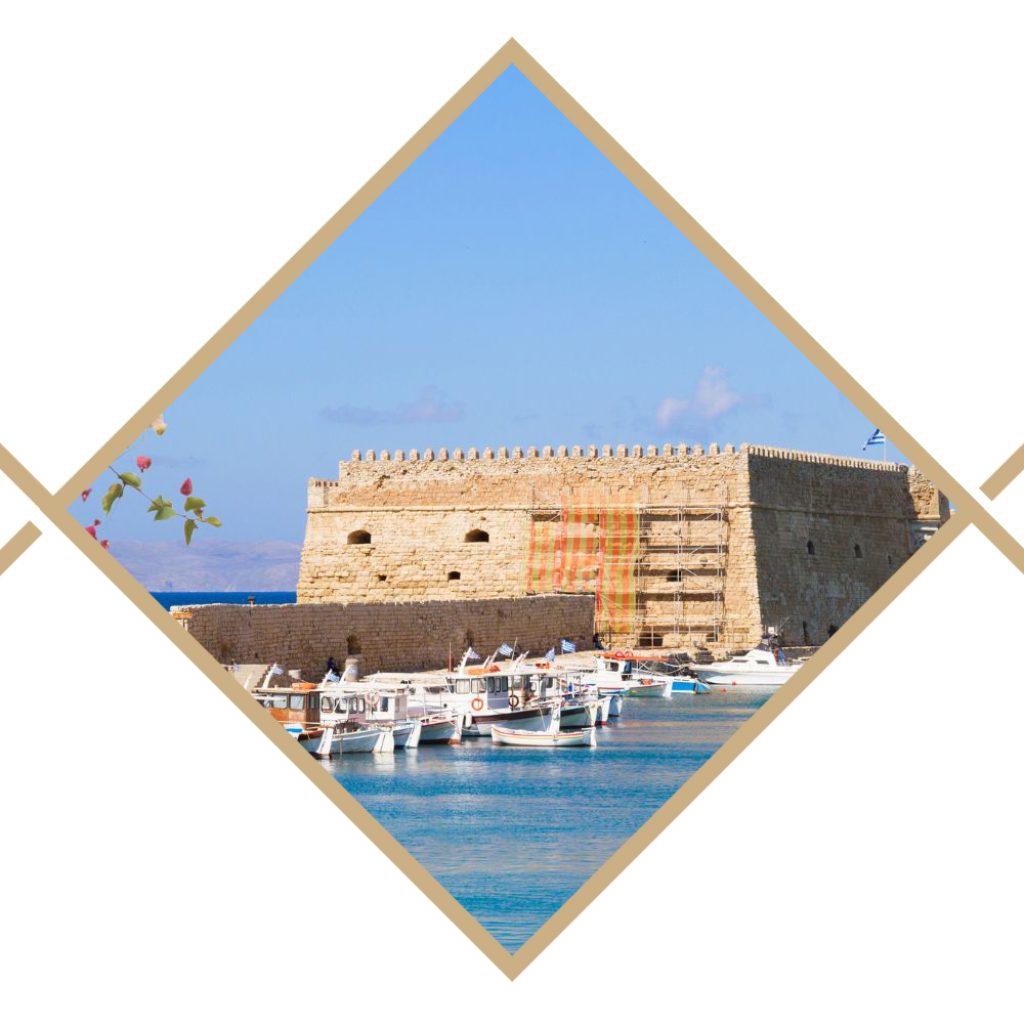
How to Prepare for the Weather in Crete
Regardless of the season, it’s essential to be prepared for the diverse weather conditions in Crete. Here are some tips to help you pack and plan for your trip:
-
Layering
Pack lightweight, breathable clothing that can be easily layered, as the temperatures can fluctuate throughout the day, especially during the transitional seasons.
-
Sun protection
Bring sunscreen, hats, and sunglasses to protect yourself from the intense Mediterranean sun, particularly during the summer months.
-
Waterproof gear
Have a lightweight rain jacket or umbrella on hand, as the island can experience occasional showers and thunderstorms, even during the drier seasons.
-
Comfortable footwear
Choose sturdy, comfortable shoes suitable for walking, as you'll likely be exploring the island's diverse landscapes and historic sites.
-
Adaptability
Be prepared to adjust your plans and activities based on the weather conditions, as Crete's microclimates can vary significantly across the island.
Weather-Related Activities and Attractions in Crete
Crete’s diverse climate offers a wealth of opportunities for outdoor activities and cultural experiences throughout the year. Here are some of the top weather-related attractions and activities to enjoy during your visit:
-
Spring
- Hiking and trekking through the island’s lush, blooming landscapes
- Visiting ancient ruins and archaeological sites
- Participating in local festivals and cultural events
-
Summer
- Swimming, snorkeling, and water sports in the crystal-clear Mediterranean waters
- Exploring the island’s picturesque coastal towns and villages
- Attending outdoor concerts and cultural performances
-
Autumn
- Hiking in the cooler, less crowded conditions
- Visiting historic sites and museums
- Indulging in the island’s vibrant harvest festivals and culinary delights
-
Winter
- Exploring the island’s historic towns and villages
- Visiting ancient ruins and archaeological sites
- Enjoying the island’s rich cultural heritage and traditional celebrations
Conclusion
Crete’s ever-changing weather patterns are a testament to the island’s diverse and captivating natural environment. Whether you’re seeking sun-drenched beaches, lush mountain landscapes, or a more temperate, off-season experience, Crete has something to offer throughout the year. By understanding the nuances of the island’s climate and being prepared for the varying weather conditions, you can ensure a truly memorable and enjoyable visit to this enchanting Greek destination.
To make the most of your trip to Crete, be sure to plan ahead and familiarize yourself with the island’s unique weather patterns. By understanding how the climate changes throughout the year, you can tailor your activities and itinerary to make the best use of the prevailing conditions. Whether you’re visiting in the peak of summer or the milder months of spring and autumn, Crete’s diverse weather offers a wealth of opportunities for outdoor exploration, cultural immersion, and unforgettable experiences.

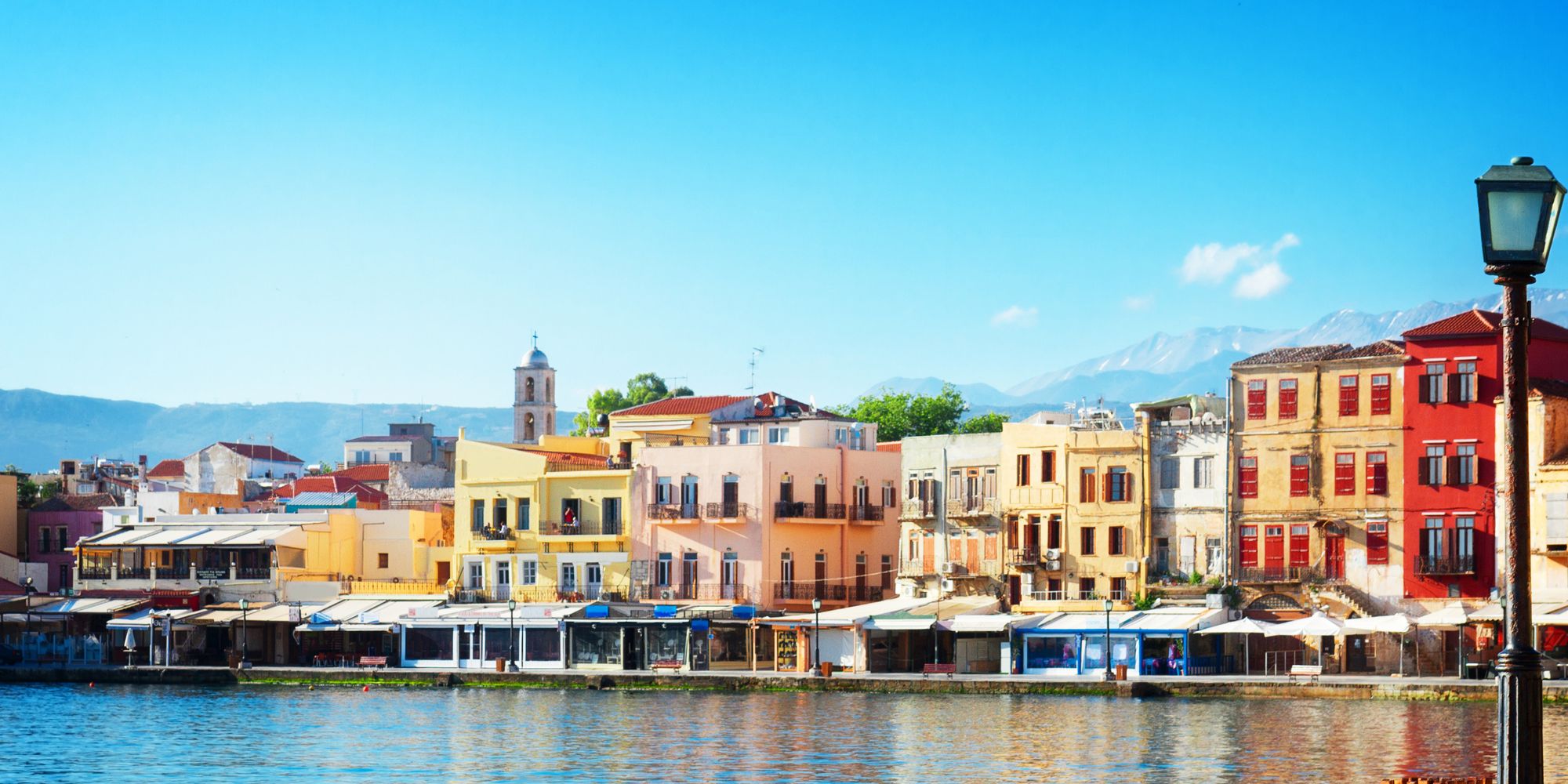


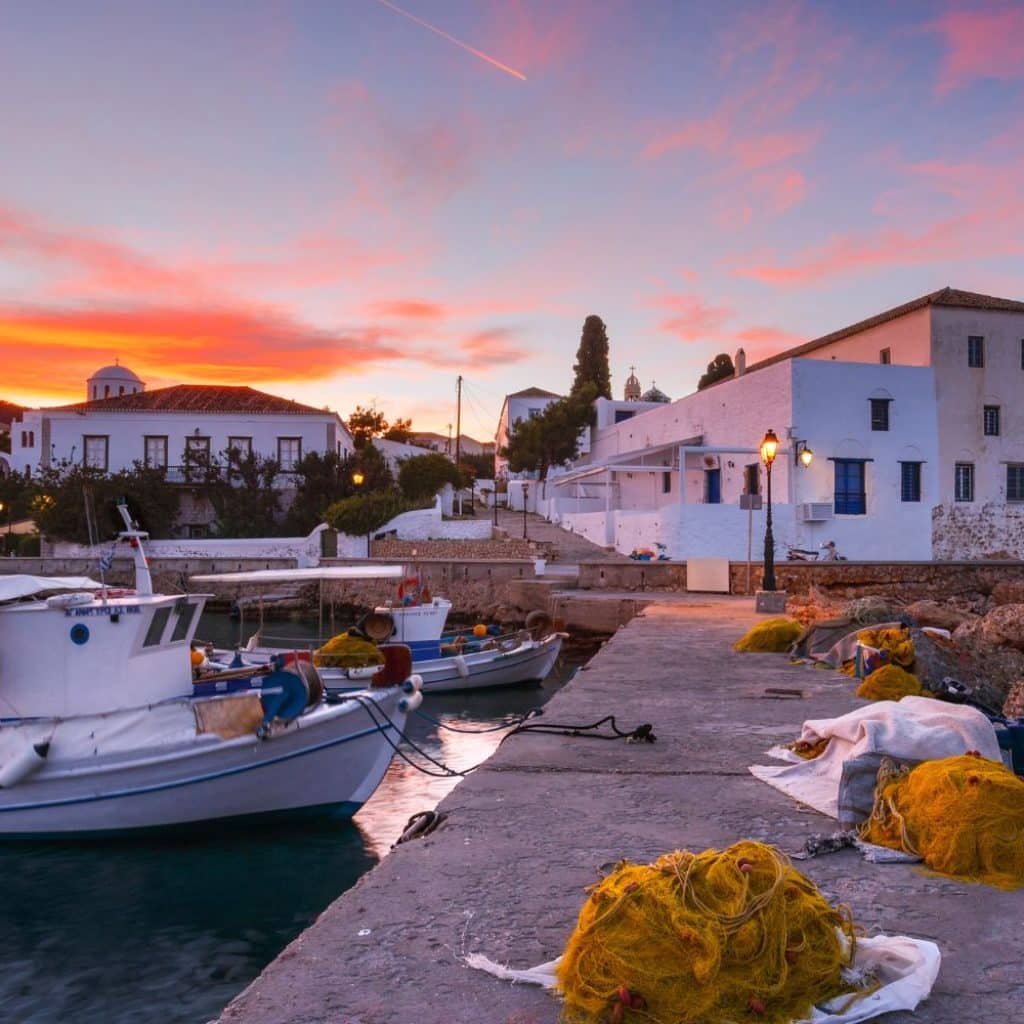
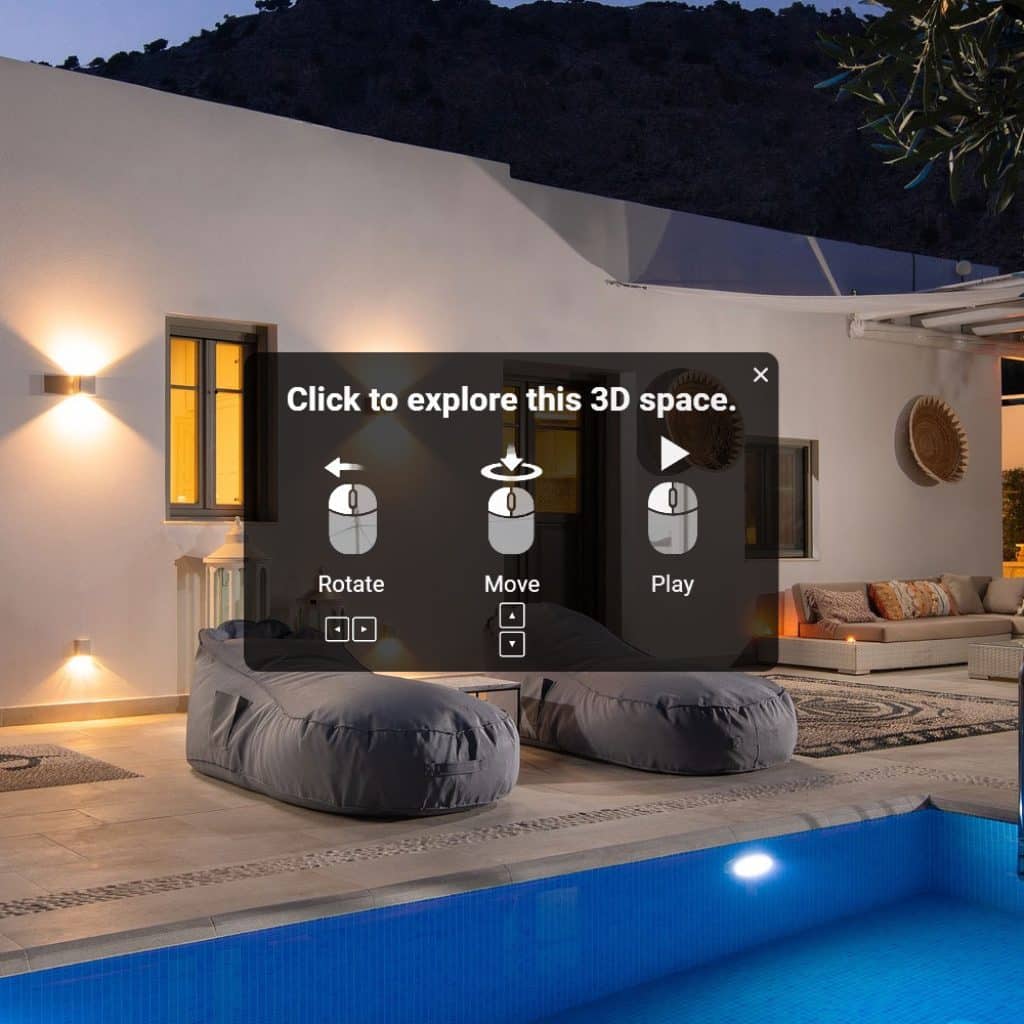

Post Discussion